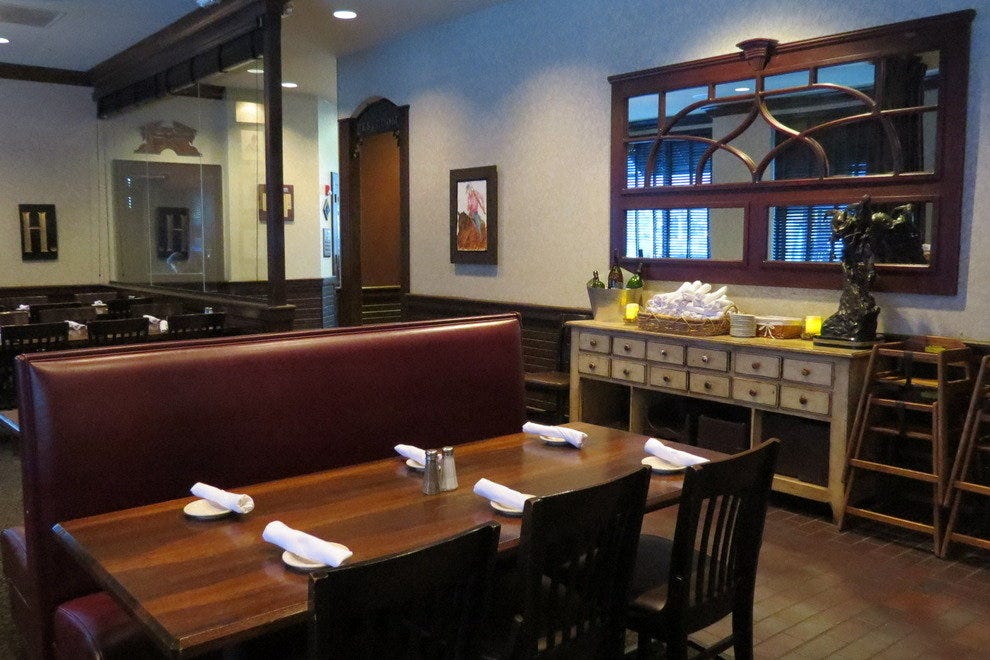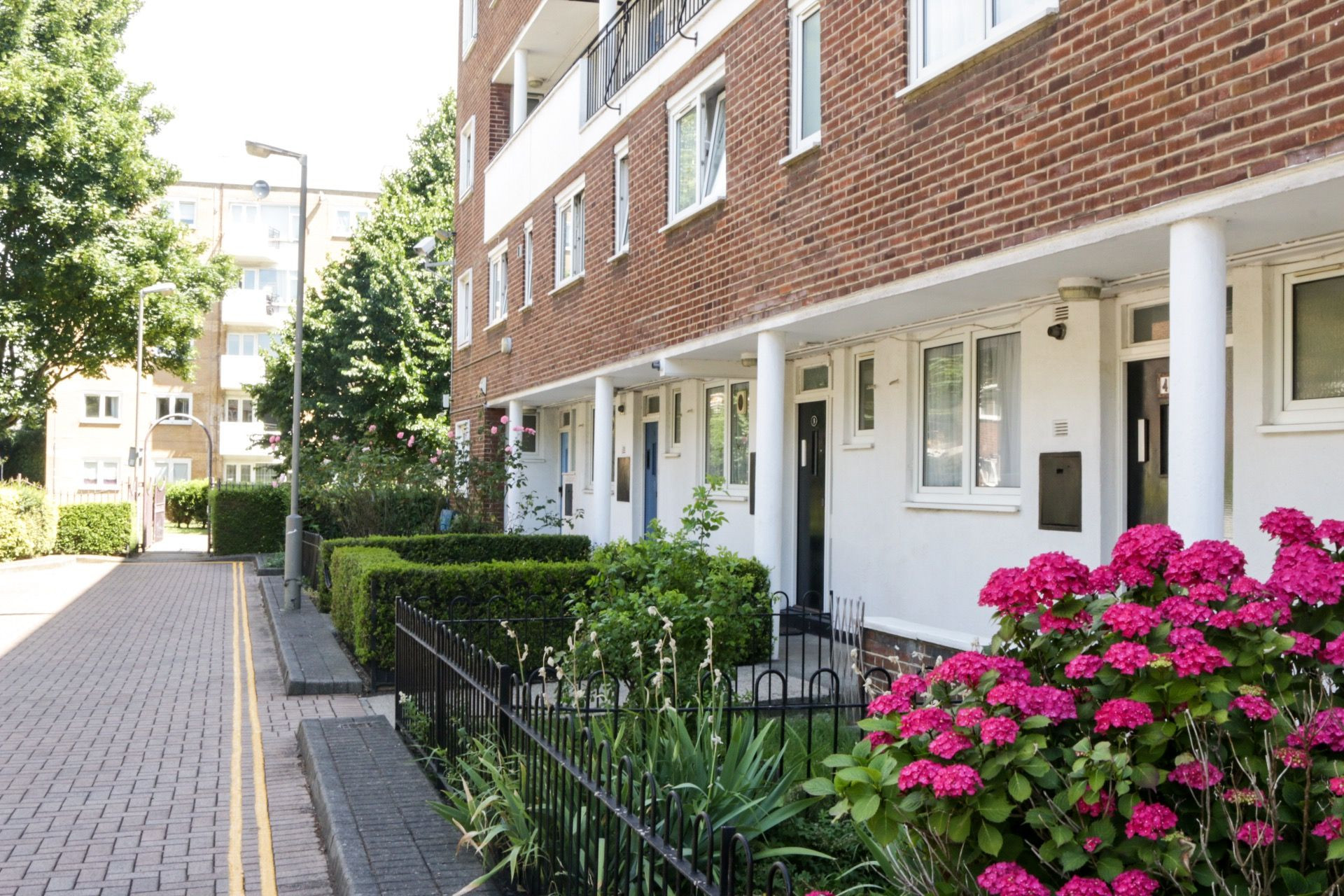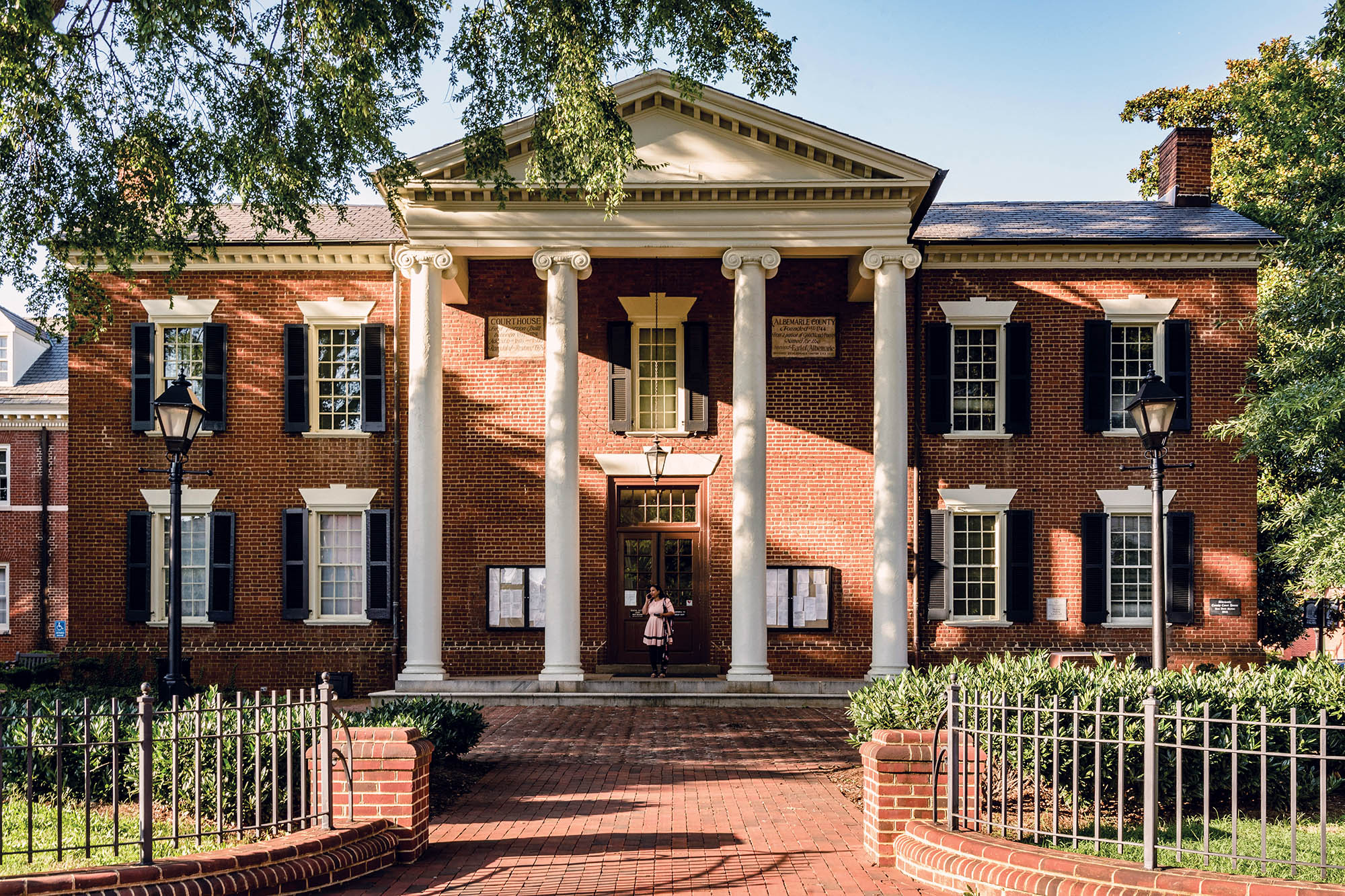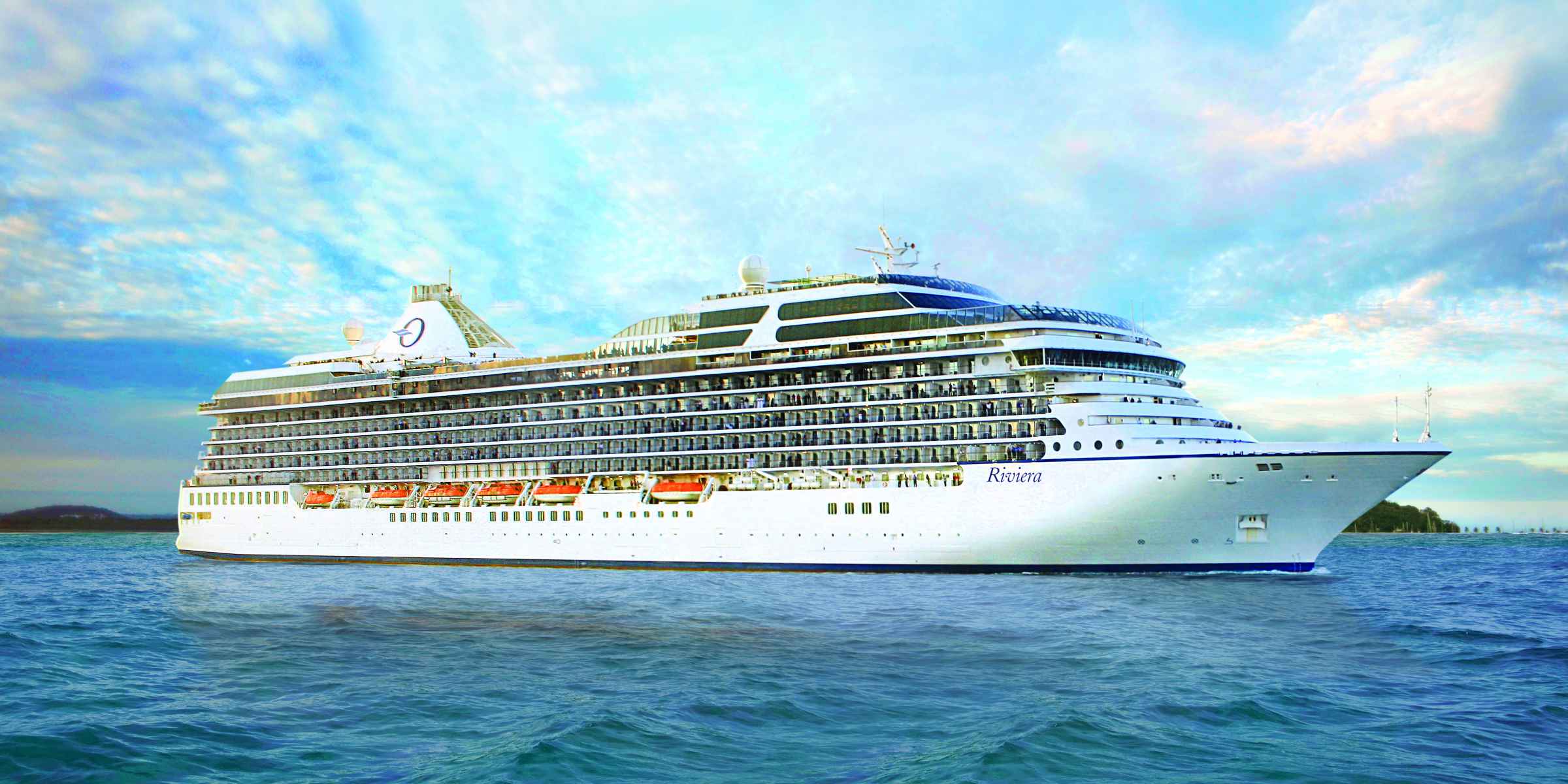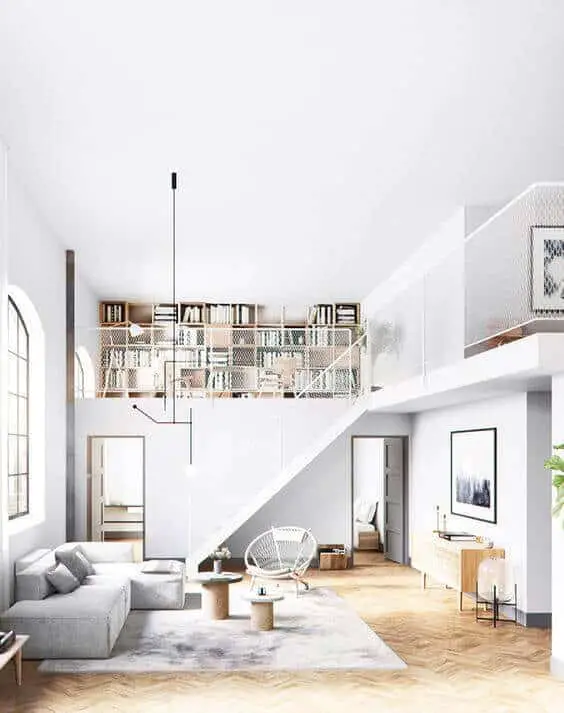Table Of Content

Built between 1919 and 1921, Hollyhock House was the first Los Angeles commission for the legendary architect Frank Lloyd Wright. He designed it for Aline Barnsdall, a wealthy iconoclast and patron of the arts (learn more about her here). Barnsdall envisioned the house as the centerpiece of an artists’ colony on Olive Hill in the neighborhood of Los Feliz. If you enjoy exploring the historic homes of famous, and not-so-famous people, there are a number of historic residences in Southern California that are open to the public as museums. Most of them are City, State and National Historic Landmarks There is some overlap with LA Local History Museums.
A Fascinating Piece of Los Angeles History
This multicolored, turreted, upper middle class house was originally built in 1887 at the base of Mount Washington by real estate developer George Morgan. It has been called "picturesque eclectic," and is a mixture of the Queen Anne and Eastlake styles of architecture. Pasadena Ave. (now Figueroa Street) early in its existence, and bought by motorman James Hale and his new bride Bessie. The couple separated and Bessie converted the richly ornamented home into a boarding house. Many of the house's original interior features are still intact, including wainscoting in the foyer that is pressed paper made to look like embossed leather. In 1915, Aline Barnsdall, an oil heiress, first approached Frank Lloyd Wright not to build a house but a theater.
A glimpse into our program and services includes the following:
Its structural system predates the textile-block system Wright would use in his other Los Angeles houses. Wandering around this cluster of Victorian buildings, visitors are able to glimpse a forgotten chapter in the history of Los Angeles, back before it became the bustling city it is today. The Missions and Ranchos are a special designation of historic homes that have such a unique position in telling the history of southern California that they deserve a separate page. Check the calendar for upcoming tours led by expert docents, which provide a special look at the site and its history with the chance to ask questions. The Hale House appears in the title sequences of Amanda's starring Beatrice Arthur.
Workman Temple Museum
At Heritage Square, which isn’t a square, you’ll find a house that isn’t a rectangle. Built in 1841 as a simple three-room adobe, this home base of the pioneering Workman family was updated during the 1870s. According to historians, the renovated house is “believed to have been designed by early Los Angeles architect Ezra Kysor... The picturesque country home reflects the architectural tastes that were popular in mid-nineteenth century America.” The original traditional adobe is still encased in the renovated structure, which is now part of the Workman-Temple Homestead Museum.
Homestead Cottage - Chatsworth
In recent years, the City of Los Angeles has undertaken transformative restoration projects at both Hollyhock House and Residence A, the Wright-designed guesthouse also in Barnsdall Park. The design of the Longfellow house was well-suited to a garden lot with a mountain view. In 1893, on 10 acres along Pasadena’s San Pasqual Street near where Caltech sits today, Longfellow built his second octagon house, with three stories to accommodate three surviving daughters and a son. He, and then his children, raised their families on three square meals in their eight-sided house.
Perry Mansion
Heritage House residents given less than 2 weeks to find new housing as building deemed uninhabitable - KSDK.com
Heritage House residents given less than 2 weeks to find new housing as building deemed uninhabitable.
Posted: Thu, 25 Jan 2024 08:00:00 GMT [source]
Construction was supervised by Wright’s son Lloyd Wright, and the project brought a young Rudolf Schindler to Los Angeles. Due to intense differences between Wright and Barnsdall, only three buildings were constructed, and Barnsdall rarely occupied her residence. In 1927, she donated the property to the City of Los Angeles for use as an art park.
Learn about the architect’s principles of design as seen at Hollyhock House. Guides, puzzles, and digital resources provide new opportunities for all to engage with Los Angeles’s only UNESCO World Heritage site and its rich history as a center for the arts. Preserving LA’s one-and-only UNESCO World Heritage site is an ongoing effort, and the work began almost immediately after Frank Lloyd Wright completed construction in 1921.
One of the first houses on the famed Carroll Avenue in Angelino Heights, this two-story house was built in the late 1880s. It is a classic example of the theoretically affordable Eastlake style of architecture, which emphasized handmade features, expert craftsmanship, clean lines, geometric ornaments, and spindles. Its original owner was onetime Monrovia mayor William Pile, who reached the rank of general during the Civil War.
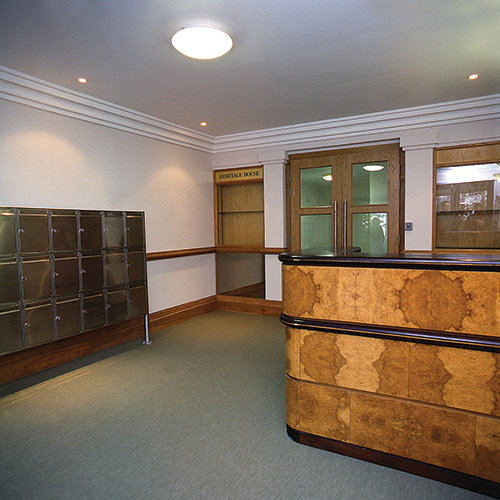
They are a testament to the wide variety of Victorian architectural styles, from the Far East- and past-obsessed Moorish Revival and Richardson Romanesque to the Arts and Crafts-inspired Foursquare and Eastlake movements. There are also several brilliant examples of exuberant Queen Anne-style houses. The Hale House was built in 1887 by George W. Morgan, a land speculator and real estate developer, at the foot of Mount Washington just a few blocks from the museum in Highland Park in Los Angeles. The building is an outstanding example of the Queen Anne and Eastlake styles. On July 7, 2019, the Hollyhock House and seven other U.S. sites designed by Frank Lloyd Wright joined the UNESCO World Heritage Sites list.
Fowler followed his own advice and built his family’s 70-foot-high, 100-foot-wide, three-story mega-octagon, visible for miles. Though he published his ideas in books with detailed diagrams, Fowler was only moderately successful in solving America’s housing needs. By the end of the century, slightly more than 1,000 octagons were up, exotic additions to American cities and countrysides.
The outside aesthetics have often been compared to a tiered wedding cake, and the rather dark interior features a fine marble fireplace and rich wood floors. Photos of the house at its original location show a mansion high on a hill, lined by magnificently landscaped trees. Built by land baron Elias Jackson “Lucky” Baldwin, this delightful cottage is nestled in the Los Angeles Arboretum and Botanic Gardens. On the outside, the 1885, stick-style architecture makes this summertime playhouse look like it’s made of candy. The wraparound porch affords splendid views of what was once Lucky’s beloved Santa Anita Ranch.
The home was also the site of frequent “regales,” where champagne was “always on tap” and guests danced in the extra-wide downstairs hallway. This American Foursquare house (with Richardson Romanesque influences) was designed by famed architect Frederick L. Roehrig in 1895. One of the oldest surviving Roehrig houses, it was situated on the ultra-fashionable “Millionaire's Row” in Pasadena. A reaction to fussy Victorian styles, American Foursquare emphasized boxy lines, “honest” carpentry and plain facades.
The living history museum shows the story of development in Southern California through historical architectural examples. In 1927, Barnsdall gave Hollyhock House, 12 acres, and the Residence A guest house to the City of Los Angeles. California captivated both Barnsdall and Wright, and here the architect had the opportunity to develop a new regional expression, which broke from the acclaimed Prairie style he had developed in the Midwest. He took inspiration from building precedents native to the Southwest—the Pre-Hispanic and the Pueblo.

